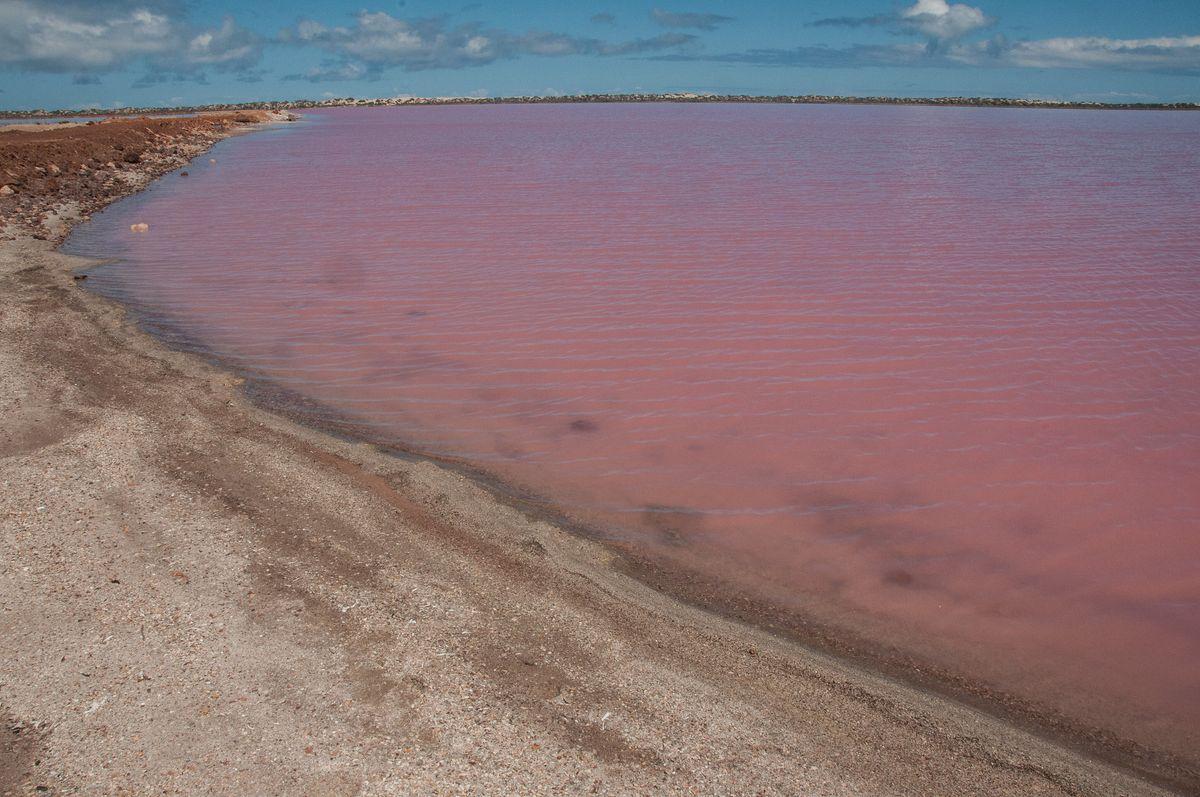World 🢖 Australia and Oceania 🢖 Australia 🢖 Western Australia
Lakes and streams 🢔 Geological wonders 🢔 Categories of wonders
Wonder
Lake Hillier
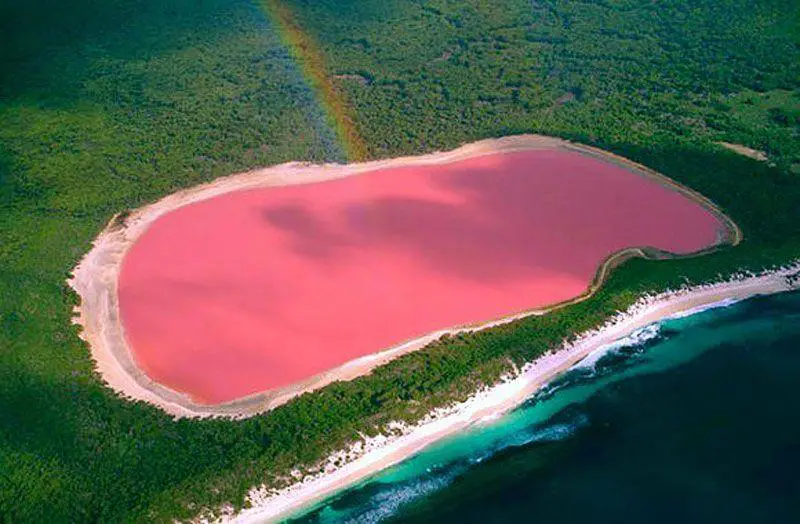
 In short
In short
There are hundreds of pink lakes around the world. But one of the most impressive and striking ones is Lake Hillier on a remote island of Western Australia.
 50.0%
50.0%
GPS coordinates
Location, address
Area
Map of the site
If you see this after your page is loaded completely, leafletJS files are missing.
 In detail
In detail
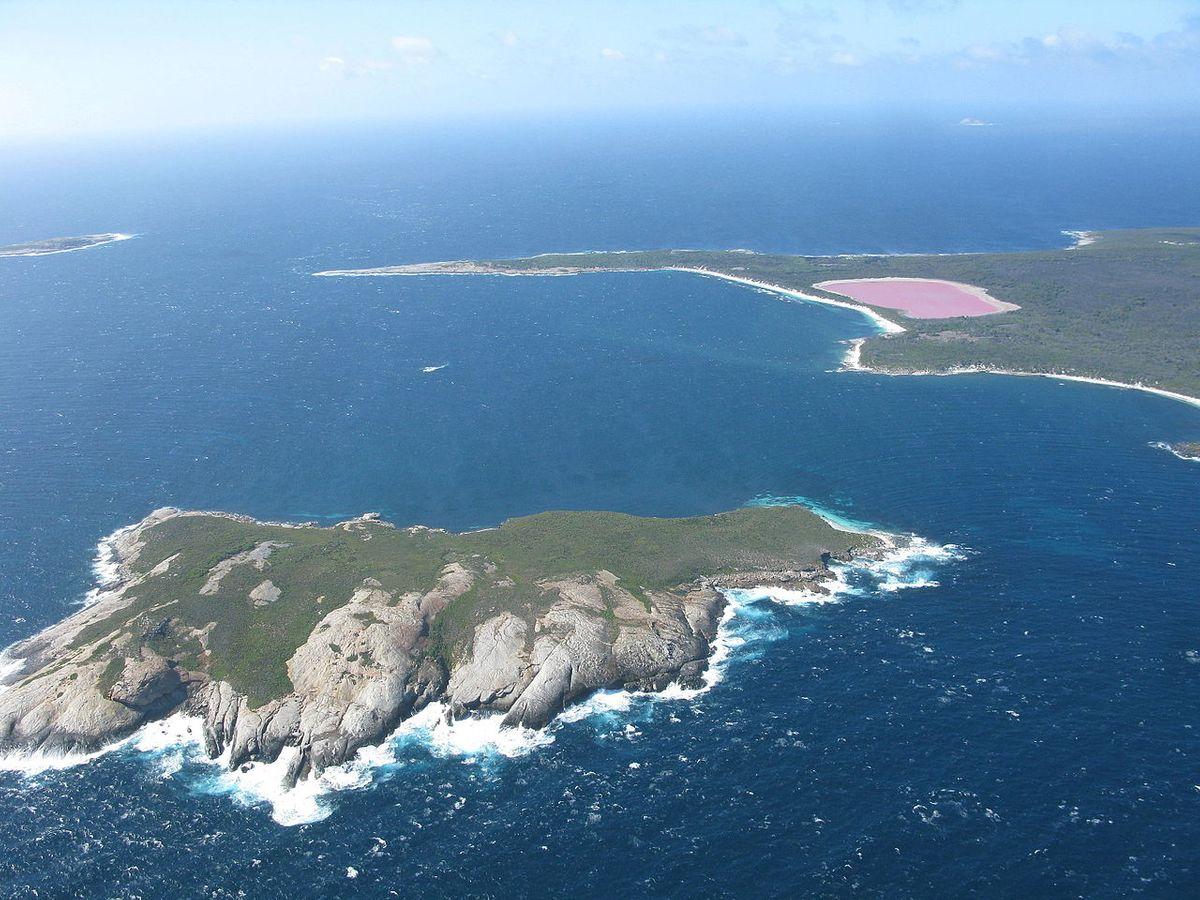
This lake is located on the largest island of Recherche Archipelago – a group of islands off the south coast of Australia. This island – Middle Island – is some 6.5 km long and some 9 km from the Australian mainland. It is a granite island that rises up to 174 m above sea level.
The lake is located near the northern shore of the island. It is 600 m long and 250 m wide. Lake is hypersaline: its salinity is around 30%. It shows: the shores are covered with the salt crust.
Lake Hillier stands out among the other pink lakes thanks to its spectacular location. Most of the pink lakes in the world are surrounded by the dreary desert landscape. Lake Hillier though is close to the blue-green Southern Ocean, surrounded by a lush green forest of Melaleuca and Eucalyptus bushes and trees. Spectacular!
Pink color
Lake has a distinct pink color throughout the year. The water is pink even if it is taken away in the bottle. Such stability of this coloration is not common. Other pink lakes around the world are colored for a short period during the year or have less intense color.
This color is created by the sole inhabitants of the lake: microorganisms. A hypersaline lake is an extreme environment. Thus the organisms need to develop specific abilities to deal with the salinity: they produce lots of glycerol (to leave outside their bodies the excess salinity) and β-carotene (to protect themselves from ultraviolet radiation). And it is β-carotene which has an intense red-orange color. This substance is a natural colorant of many fruits and vegetables: carrots, mangoes, papayas, and others. In fact, some microorganisms are farmed to obtain β-carotene.
In Lake Hillier live several kinds of such microorganisms. The best known is the micro-algae Dunaliella salina but also Salinibacter ruber, Dechloromonas aromatica, others (2.). These microorganisms have been found around the world in similar water bodies.
History
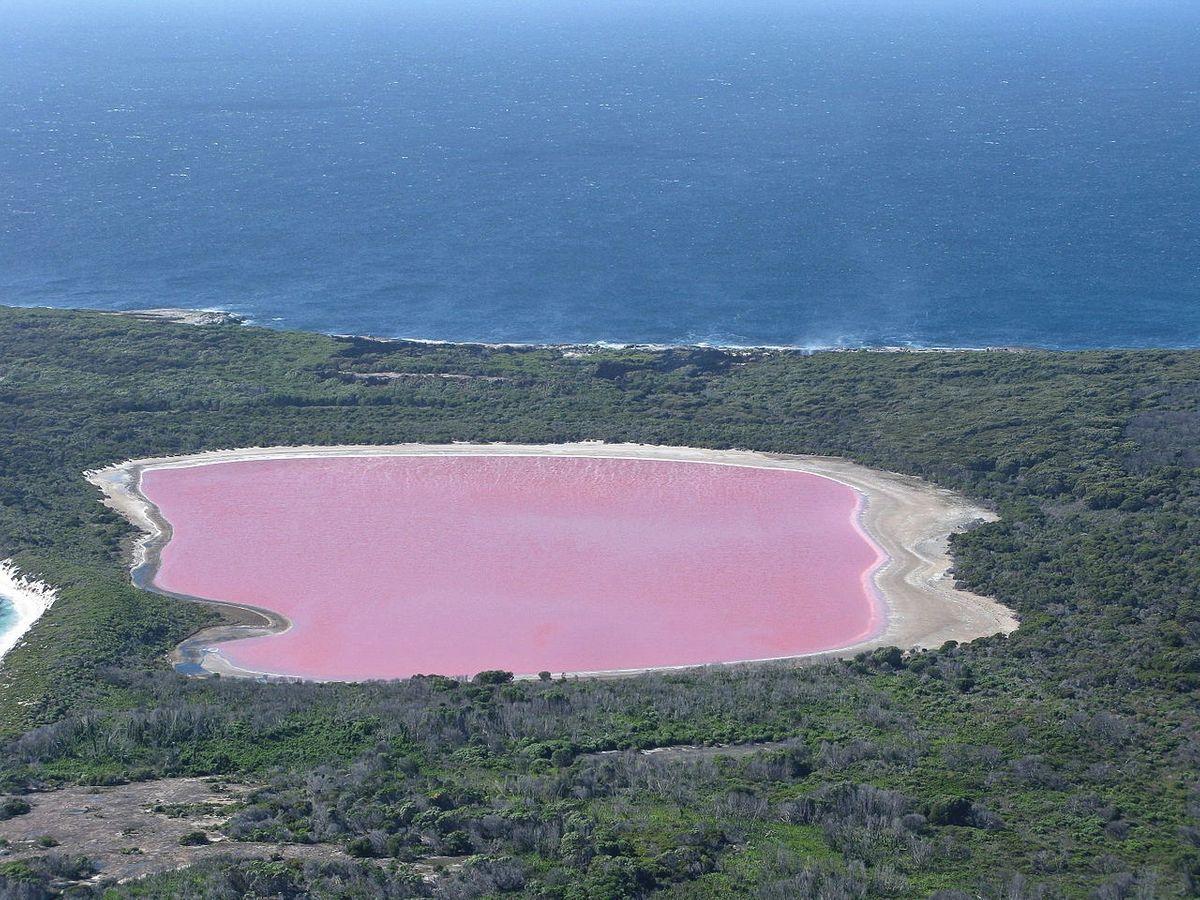
Local people knew about the island and the lake but Europeans learned about this unusual lake in the early 19th century. Matthew Flanders was on the first circumnavigation of Australia with the expedition on HMS “Investigator” and in January 1802 set foot on Middle Island. Master of the ship John Thistle took a sample of water and they were the first to see that the water is pink also in the bottle. Flanders named the lake in honor of a crew member who died from dysentery shortly before.
During the 19th century, the island was occasionally used by seal hunters. Runaway convicts and even pirates used it as well.
The lake has large salt deposits. Due to this in 1889 Edward Andrews with both his sons moved to the island and started a business of salt mining. The salt was not suitable for food and the family left the island in 1890.
Recherche Archipelago became a beloved tourist destination during the 20th-21st centuries. Most visitors see the Middle Island with Lake Hillier during the helicopter tours. Some manage to reach the lake and even swim in it.
During the archaeological research on the western coast of the lake have been found remnants of settlements (1.).
References
- Alistair Paterson and Corioli Souter, Report on historical archeological expedition to Middle and Boxer Islands, Recherche Archipelago, Report—Department of Maritime Archaeology, Western Australian Museum No. 222. 2006. Accessed on January 4, 2020.
- The Extreme Microbiome Project, Lake Hillier. Accessed on January 4, 2020.
 Linked articles
Linked articles
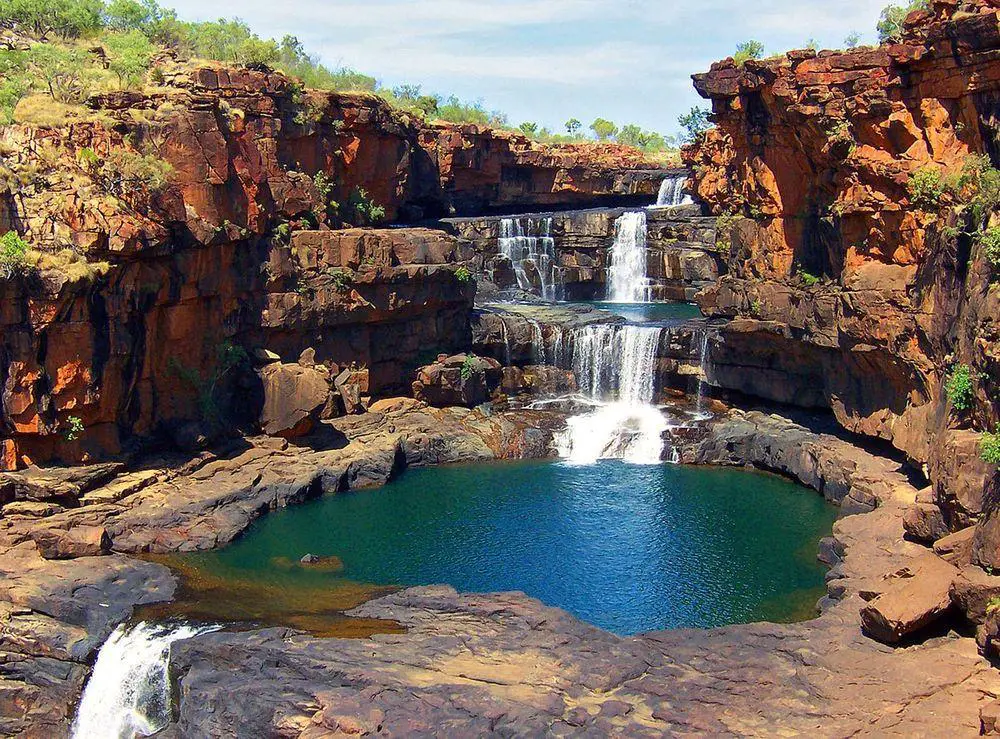
Wonders of Western Australia
This giant Australian state is spectacular and very rich with unusual landmarks. Highlights of Western Australia are refuges of biodiversity in remote parts of the desert, amazing cliff formations, and unique aboriginal art.
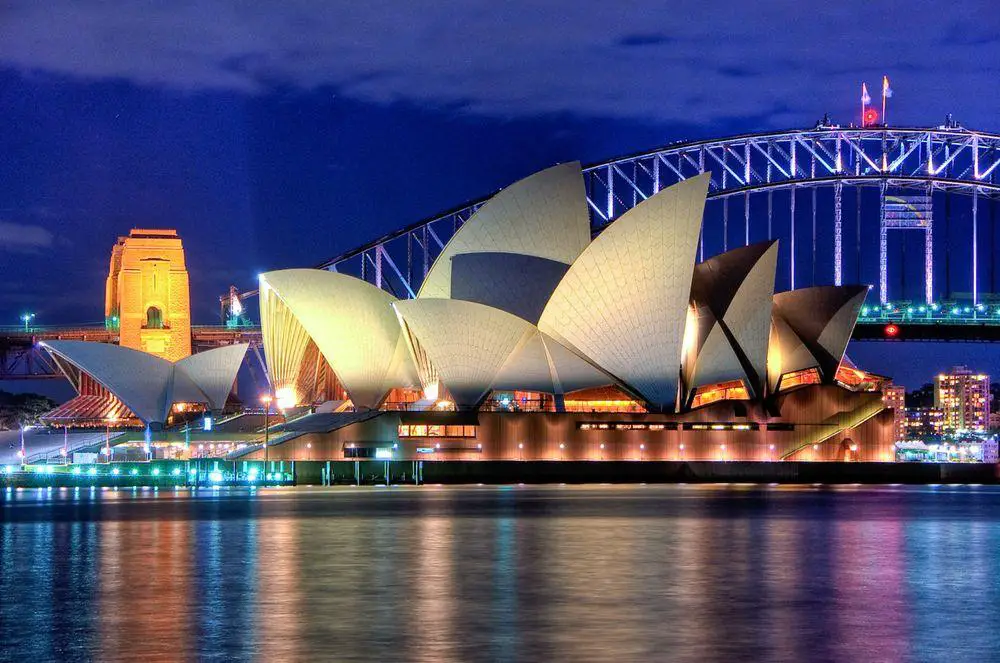
Wonders of Australia
The enormous and diverse area of Australia contains countless amazing and unique monuments. Parts of the country have not been thoroughly investigated and sometimes there are reported new, surprising finds.
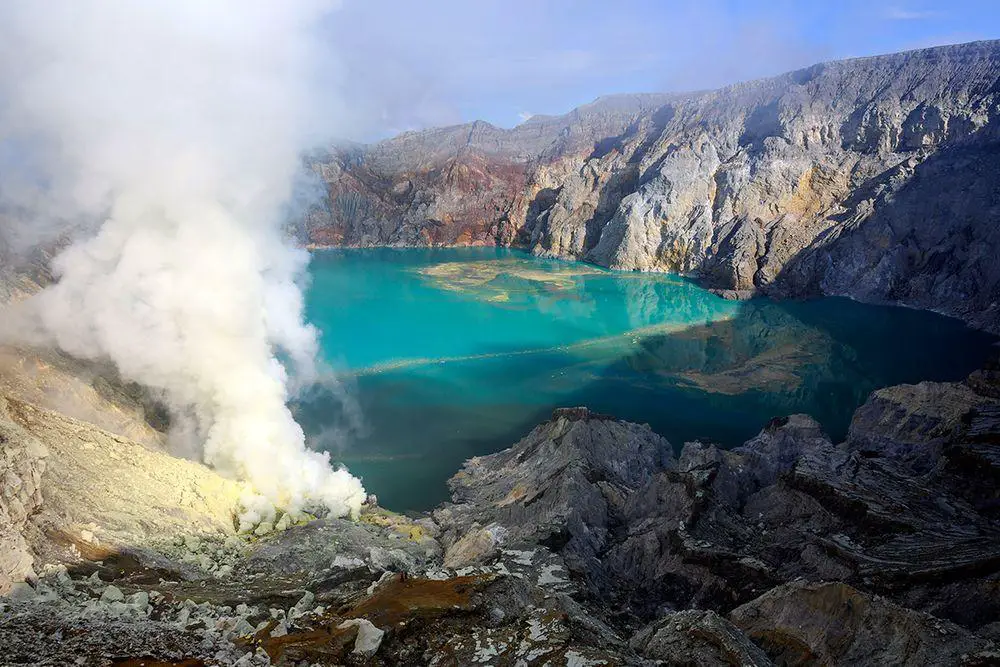
Lakes and streams
There are many factors that can make lakes, sea bays, or rivers unusual. Some lakes have unusual chemical properties and even do not contain water at all – such as lava lakes. Others may have unusual animals living in them or… legends about such animals.
 Recommended books
Recommended books
Lonely Planet Australia
Lonely Planet’s Australia is your passport to the most relevant, up-to-date advice on what to see and skip, and what hidden discoveries await you. Stake out a patch of sand on Bondi Beach before exploring the big-ticket sights of Sydney, dive into the dazzling ecosystem of the Great Barrier Reef, and drive along the Great Ocean Road spying the Twelve Apostles on the way – all with your trusted travel companion.
Lonely Planet Best of Australia
Lonely Planet’s Best of Australia is your passport to the most relevant, up-to-date advice on what to see and skip, and what hidden discoveries await you. Explore magnificent Sydney Harbour, see the Great Barrier Reef and watch the sunset at Uluru – all with your trusted travel companion. Discover the best of Australia and begin your journey now!

